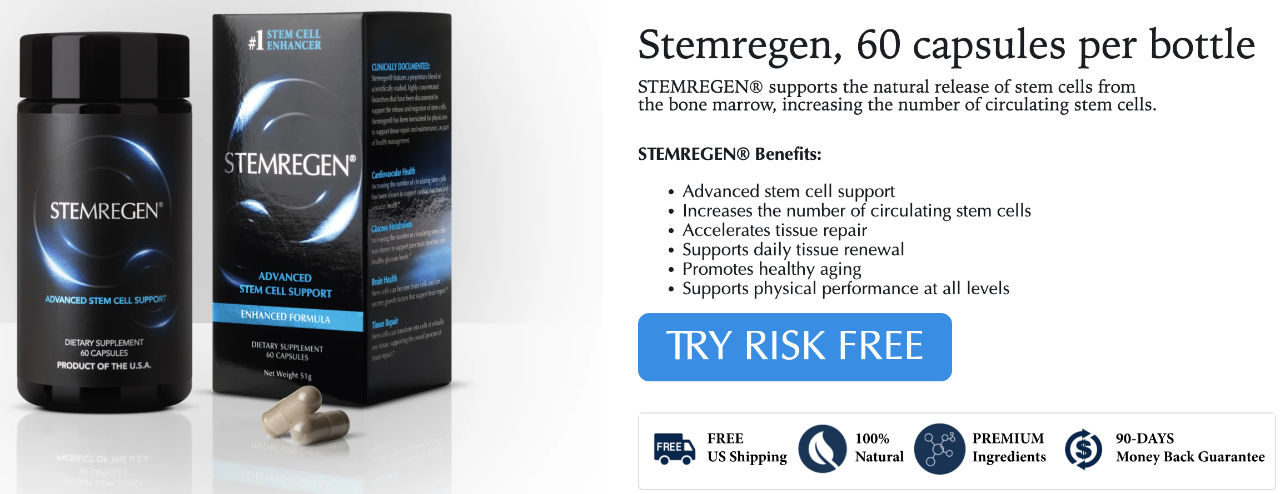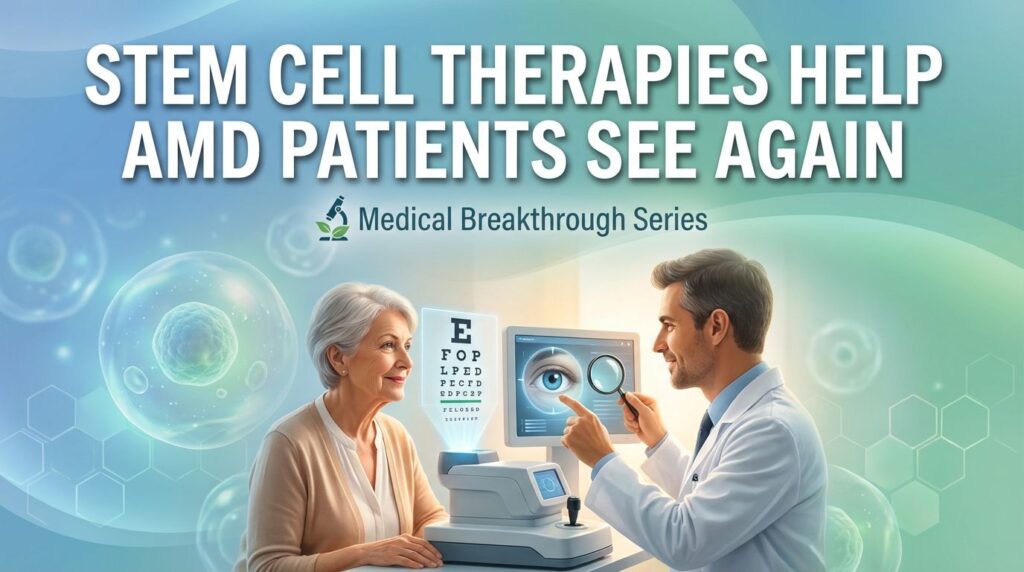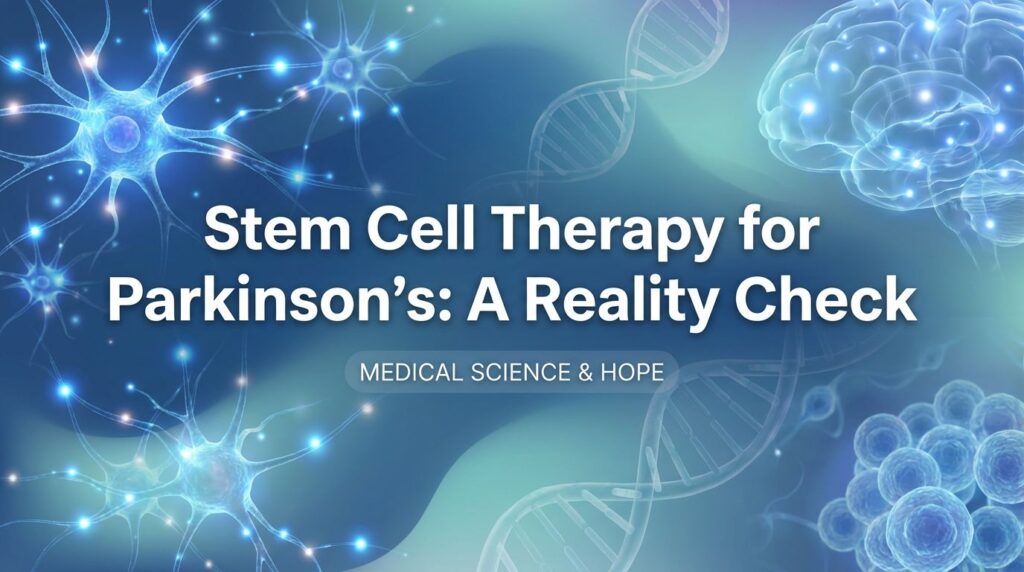We’re pleased to share an exciting development from Longeveron Inc., a clinical-stage biotech pioneer in regenerative medicine. The company has just licensed an issued US patent (12,168,028 B2) from the University of Miami for a groundbreaking induced pluripotent stem cell (iPSC) technology tailored to cardiac regeneration.

What’s the Innovation?
The license covers a method for isolating GHRH-receptor–positive cardiomyogenic precursor cells—iPSC-derived cells specifically primed to become heart muscle cells. These cells show great promise for differentiating into functional cardiomyocytes, while avoiding a major safety issue: malignant ventricular arrhythmias caused by unwanted cell types.
Why It Matters
- Enhanced Safety: By selecting GHRH‑Receptor+ cells, the technology sidesteps the arrhythmia risk that has stalled prior iPSC cardiac therapies.
- Pipeline Expansion: This capability adds a powerful new tool for developing treatments across adult and pediatric cardiovascular diseases.
- Strategic Synergy: Longeveron already has momentum with its lead product laromestrocel (Lomecel‑B™) in trials for HLHS, Alzheimer’s, pediatric dilated cardiomyopathy, and aging-related frailty. This iPSC advancement complements that work, offering cardiac-specific regenerative potential.
Pipeline Synergy: iPSC Meets MSC
Longeveron’s mesenchymal stem cell programs—especially those targeting hypoplastic left heart syndrome (HLHS), Alzheimer’s disease, and pediatric dilated cardiomyopathy—are already generating clinical and regulatory traction. The recent FDA IND approval for their pediatric dilated cardiomyopathy trial underscores this momentum.
By integrating cardiomyogenic iPSCs, Longeveron enhances its existing platform:
- Targeted Repair: GHRH-Receptor+ iPSC-derived cardiomyocytes can directly repopulate damaged heart tissue.
- Safety-First Approach: Removing electrical-automaticity cells protects against arrhythmia—a primary concern in cardiac cell transplantation.
Looking Ahead
Longeveron believes this iPSC-based method could be applied across a wide range of heart conditions, both in adults and children. The technology moves them closer to safer, targeted heart regeneration therapies.
Final Thoughts
Securing this patent licensing is a strategic leap forward for Longeveron. It not only reinforces their IP portfolio but also addresses a critical safety barrier in the clinical use of iPSC-derived heart cells. This development positions the company—and the broader field of cardiac regenerative medicine—on the cusp of meaningful breakthroughs.



